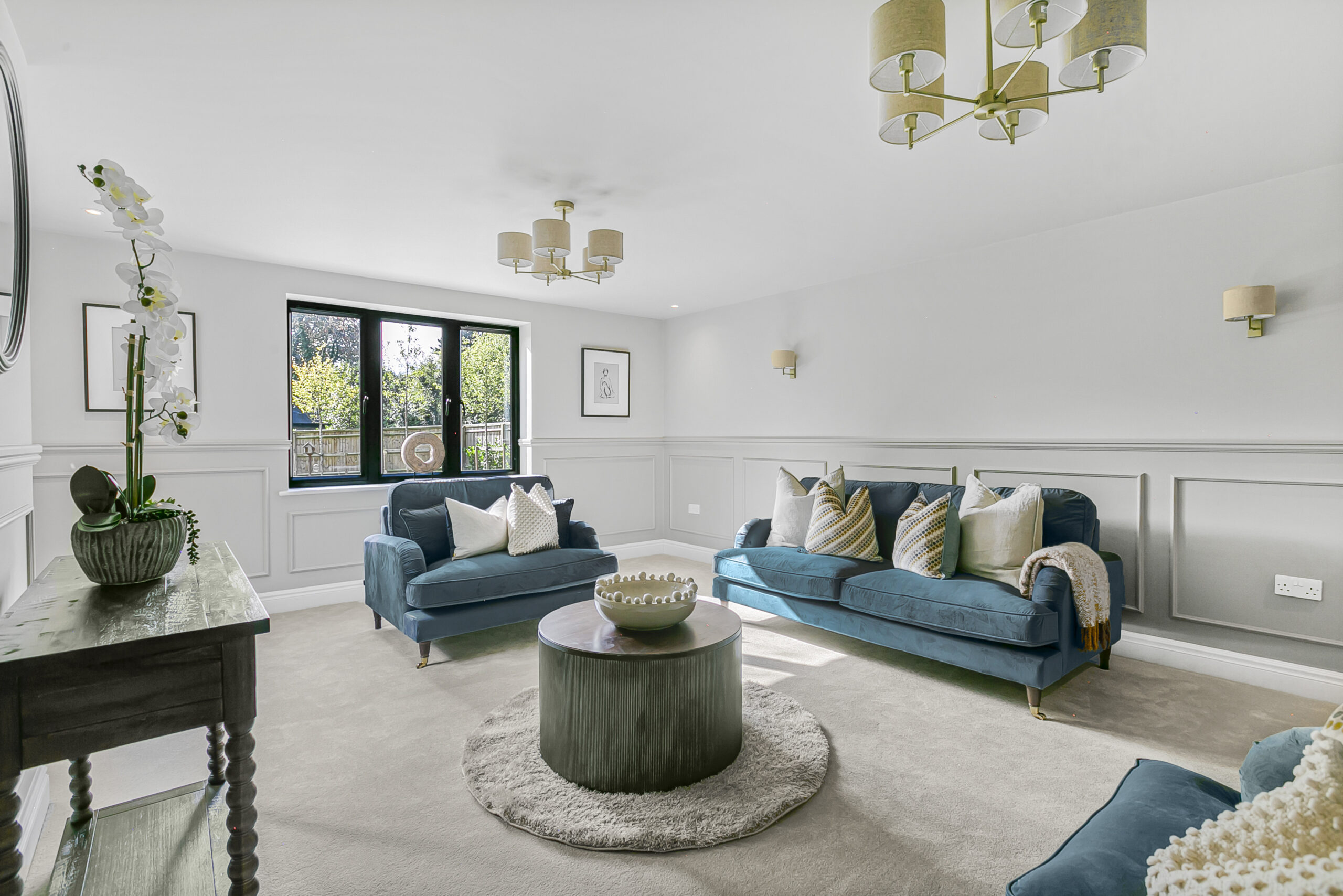
When it comes to selling properties, the role of home staging goes far beyond simply making a home look attractive. It’s about understanding and influencing buyer behaviour to create an emotional connection that compels them to make an offer. For property developers, mastering the psychology of home staging can make all the difference in closing deals quickly and achieving higher sale prices. Let’s delve into how home staging impacts buyer psychology and the strategies that can help developers leverage this powerful tool.
1. First Impressions Are Everything
The psychology: Buyers form opinions about a property within seconds of stepping inside—or even from viewing photographs online. This first impression often dictates how they feel about the home throughout the rest of the tour.
The staging strategy: Focus on the entrance and key living spaces. A well-manicured garden, a freshly painted front door, and a welcoming entryway set the tone for the rest of the property. Keep these areas uncluttered, clean, and inviting.
2. Neutral Spaces Encourage Imagination
The psychology: When buyers tour a property, they need to envision themselves living there. Bold colours or overly personalised decor can disrupt this mental imagery, making it harder for them to connect with the space.
The staging strategy: Use neutral colours like whites, greys, or soft beiges on walls and large furniture pieces. Add subtle pops of colour through accessories like cushions or artwork to create warmth without overwhelming the senses.
3. Emotional Connections Drive Decisions
The psychology: Home buying is not purely logical—it’s an emotional process. Buyers often make decisions based on how a property makes them feel, rather than practical considerations.
The staging strategy: Create spaces that evoke comfort, relaxation, and aspiration. A cosy reading nook, a beautifully set dining table, or a spa-like bathroom can stir emotions and make buyers fall in love with the property.
4. Clutter Distracts, Minimalism Inspires
The psychology: Cluttered spaces can feel chaotic and stressful, while minimal, well-organised rooms evoke calm and order. Buyers may struggle to see the potential of a cluttered space and instead focus on its flaws.
The staging strategy: Remove unnecessary items and keep furnishings to a minimum. Show off the size and functionality of each room by using scaled-down furniture and thoughtfully placed decor.
5. Light Influences Mood
The psychology: Bright, well-lit spaces feel open and energising, while dim, shadowy rooms can feel cramped and uninviting. Lighting can significantly impact how a buyer perceives a property.
The staging strategy: Maximise natural light by opening curtains and blinds. Use strategically placed lamps and overhead lights to brighten darker areas. Replace dim bulbs with higher wattage options and consider adding mirrors to reflect light around the room.
6. Defined Spaces Help Buyers Visualise
The psychology: Undefined or ambiguous spaces can confuse buyers, leaving them unsure of how to use certain areas. Clear purpose helps buyers visualise how they would live in the home.
The staging strategy: Define every room and nook. For example, transform a small alcove into a home office, a landing into a reading area, or a basement corner into a workout space. This adds perceived value and functionality to the property.
7. Smell and Sound Create Atmosphere
The psychology: Humans are sensory beings, and smell and sound play a significant role in how we perceive environments. Negative odours or loud, jarring sounds can turn buyers off instantly.
The staging strategy: Ensure the property smells fresh and inviting—think subtle scents like vanilla, citrus, or freshly baked cookies. Play soft, neutral background music during viewings to create a soothing atmosphere.
8. Appealing to the Subconscious
The psychology: Subtle cues in staging can tap into the buyer’s subconscious desires, such as aspirations for a certain lifestyle or the need for comfort and security.
The staging strategy: Stage homes to reflect an aspirational lifestyle. For instance, a luxurious throw draped over a sofa, a sleek coffee machine in the kitchen, or a well-organised wardrobe can suggest an elevated, desirable way of living.
9. The Power of Flow
The psychology: Buyers naturally flow through a home in a specific way. A disjointed layout or obstructed pathways can disrupt this flow and leave a negative impression.
The staging strategy: Arrange furniture to guide buyers through the space effortlessly. Ensure there’s ample room to move around and that focal points like fireplaces, windows, or artwork draw the eye.
Home staging is not just about aesthetics—it’s a psychological tool that influences how buyers perceive and connect with a property. By understanding the principles of buyer behaviour, property developers can create spaces that resonate emotionally, making properties more desirable and easier to sell.
Whether it’s maximising light, decluttering, or using subtle sensory cues, these strategies help buyers envision themselves in the home and feel confident about their purchase decision. Investing in home staging is investing in the psychology of sales—and the results speak for themselves.
I’m on socials
Look, like and follow us!
Recent Comments